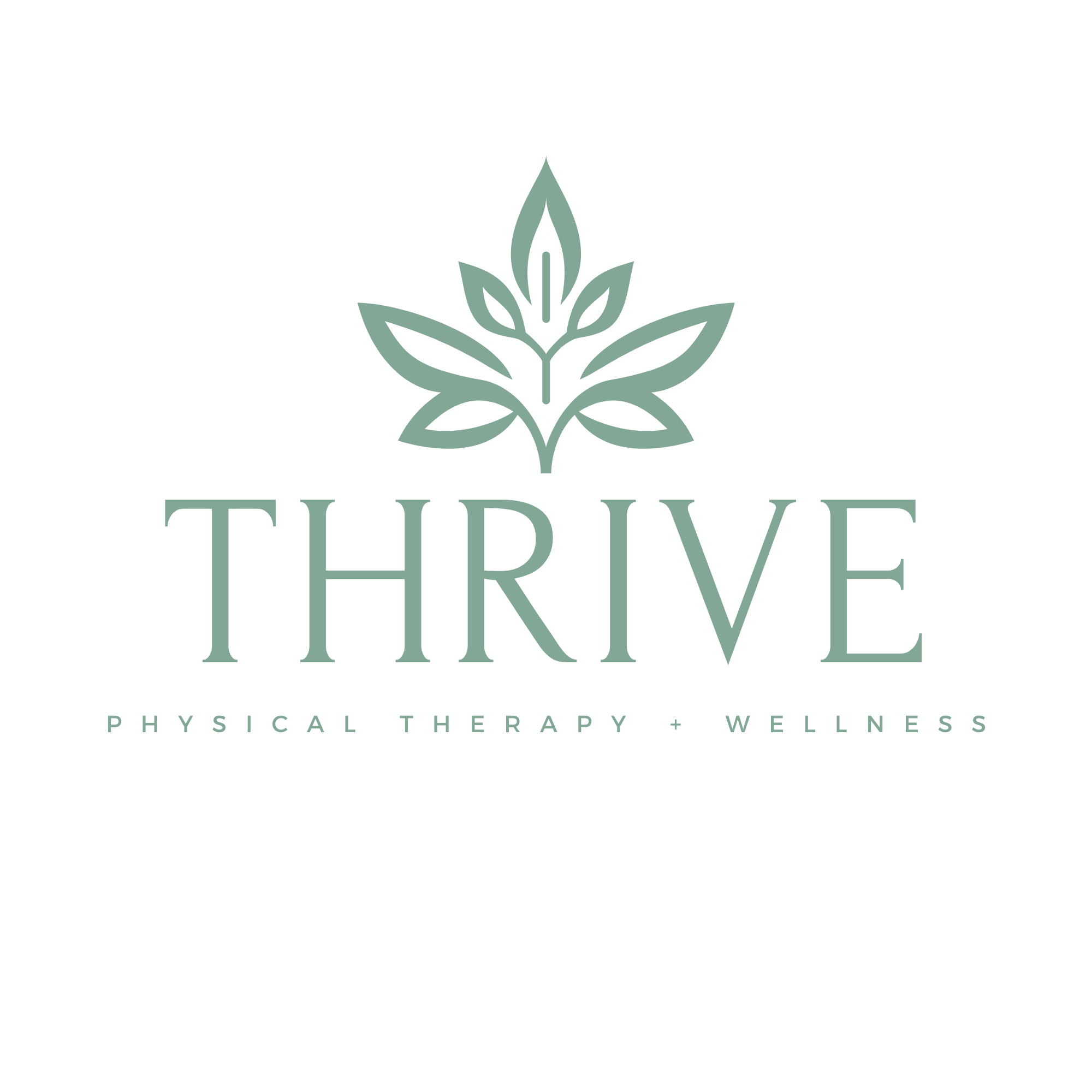
Workplace injuries are an unfortunate reality for many employees, but they don’t always have to be the end of an active, healthy work life. Physical therapy has proven to be a powerful tool in the recovery process, offering solutions that not only aid in recovery but also prevent future injuries. By utilizing various techniques and a tailored treatment plan, physical therapists can help individuals get back to their everyday activities, fully healed and with a stronger body. So, how can physical therapy make a difference in treating work injuries?
In this article, we’ll explore some effective methods of physical therapy used to treat work injuries, providing a fresh perspective on how Thrive Physical Therapy is making a difference in rehabilitation and recovery. Whether you’re recovering from a sprain, strain, or repetitive stress injury, physical therapy has the tools and expertise to get you back on track.
Addressing the Root Causes: Manual Therapy
One of the first methods physical therapists employ to treat work injuries is manual therapy. Unlike general treatments that focus solely on symptom relief, manual therapy involves a hands-on approach where physical therapists use their hands to manipulate the muscles, joints, and soft tissues to alleviate pain and improve mobility. This is particularly helpful for individuals suffering from soft tissue injuries like sprains or strains.
For those working in physically demanding environments—such as construction, manufacturing, or healthcare—manual therapy can help target specific problem areas that have been injured. By improving blood flow and reducing muscle tension, manual therapy can enhance tissue healing, restore range of motion, and prevent chronic issues that might arise if the injury goes untreated.
Strengthening the Body: Therapeutic Exercises
Therapeutic exercises are a cornerstone of physical therapy and an essential part of treating work injuries. After the initial pain has been reduced through manual therapy or other interventions, it’s time to focus on strengthening the muscles and joints affected by the injury.
When employees return to their workstations—whether they’re desk workers or manual laborers—strengthening exercises ensure that the muscles surrounding the injury are stable enough to handle the strain of daily tasks. These exercises target not just the injured area but also the surrounding muscles, improving the body’s overall resilience. For example, if someone injured their shoulder at work, a therapist may recommend exercises that target the rotator cuff muscles, which will help stabilize the shoulder and prevent future injuries.
Therapeutic exercises aren’t just about restoring strength; they also focus on improving flexibility, balance, and posture, all of which are vital for preventing work injuries. By offering a personalized exercise regimen, Thrive Physical Therapy ensures that the treatment is specific to the patient’s needs, maximizing recovery and injury prevention.
Modalities to Soothe and Heal: Heat, Ice, and Electrical Stimulation
Physical therapists often utilize various modalities, such as heat, ice, and electrical stimulation, to alleviate pain and promote healing in the injured area. These methods are especially beneficial in the early stages of injury recovery.
Heat therapy is used to relax stiff muscles and improve blood flow to the affected area. This is typically used after the initial inflammation has gone down to help soothe the muscle and reduce tightness. Ice, on the other hand, is often used in the acute stages of an injury to reduce swelling and numb the pain.
Electrical stimulation, a more advanced modality, can stimulate the muscles through electrical impulses, helping to alleviate pain, promote muscle contraction, and reduce inflammation. This method is particularly useful for people who suffer from chronic pain or have difficulty activating muscles after an injury.
These therapies are often incorporated into a broader treatment plan, and Thrive Physical Therapy uses them in combination with other techniques to offer a holistic approach to recovery. By customizing the therapy modalities for each patient, the clinic ensures that healing progresses efficiently and effectively.

Ergonomic Assessments and Education
Prevention is a crucial aspect of physical therapy, especially when it comes to workplace injuries. While treating an injury is important, it’s just as vital to ensure that employees are properly educated on how to avoid further strain or damage to their bodies. One way physical therapists assist with this is through ergonomic assessments.
By examining how patients sit, stand, and move at work, physical therapists can identify potential issues in their workstation setups that may contribute to injury. This includes everything from the height of a desk to the way a person lifts objects or sits at their computer. Based on these assessments, therapists can offer suggestions and modifications to improve posture, reduce strain on the body, and prevent the recurrence of injuries.
Ergonomics doesn’t just stop at the workplace; it extends to daily activities. Physical therapists at Thrive Physical Therapy provide guidance on how to move safely throughout the day—whether it’s lifting, reaching, or sitting—ensuring that you are taking steps to protect your body and reduce the risk of another injury.
Functional Movement and Work Conditioning
As patients begin to recover from an injury, they must regain the strength, flexibility, and mobility required to perform specific tasks at work. Functional movement and work conditioning focus on restoring these abilities, ensuring that patients can return to their jobs without limitations or fear of re-injury.
Work conditioning is a more structured program that involves gradually increasing the intensity of physical activity to mimic the movements required for work. For example, if you work in a warehouse and need to lift heavy objects, work conditioning will involve exercises and activities designed to improve your lifting techniques, strength, and endurance.
This aspect of therapy focuses on mimicking real-world tasks, ensuring that patients not only regain strength but also improve their confidence in performing daily job duties. Thrive Physical Therapy’s approach includes tailored work conditioning programs that aim to get you back to your optimal performance level.
Suggested Reading: The Best Types of Therapy for Common Work Injuries
Conclusion
In the world of physical therapy, treating work injuries is not just about addressing the immediate pain but also about setting patients up for long-term success. Whether through manual therapy, strengthening exercises, advanced modalities, ergonomic assessments, or work conditioning, physical therapy provides a comprehensive approach to recovery. With tailored treatment plans that consider both the injury and the job requirements, Thrive Physical Therapy goes above and beyond to help individuals return to work stronger and more resilient.
By focusing on both rehabilitation and injury prevention, Thrive Physical Therapy ensures that each patient’s needs are met, providing a path back to health with a personalized, holistic approach. For anyone suffering from a work-related injury, Thrive Physical Therapy offers the expertise and care needed to recover and thrive.
If you’re ready to take the first step toward a pain-free, active life after your work injury, visit Thrive Physical Therapy and experience the benefits of expert, individualized care tailored to your needs. Find more information and schedule an appointment at Thrive Physical Therapy.

